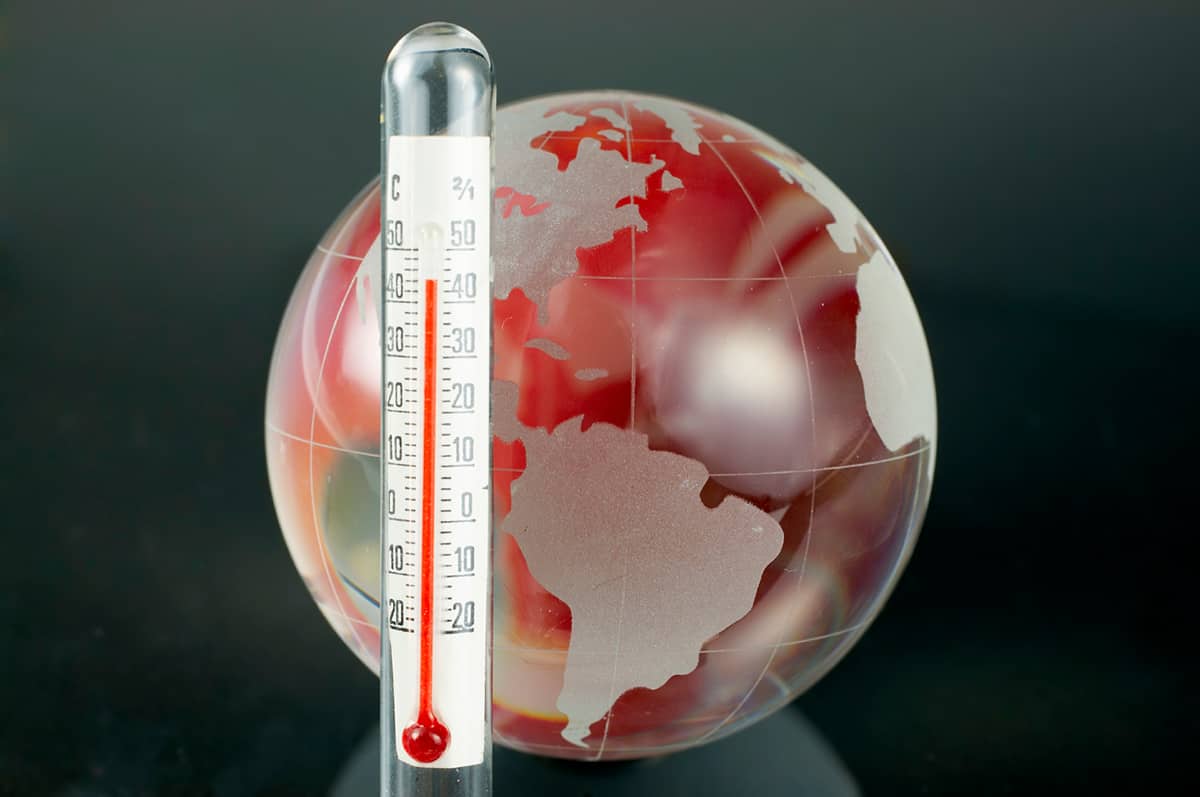What are the health risks of warming at 1.5 °C, 2 °C and more?
terça-feira, março 05, 2019
 |
| Image courtesy: iStock/oonal |
We need to prepare our health systems to manage changes in the magnitude and pattern of climate-sensitive health outcomes as climate changes, says Kristie Ebi, who recently reviewed the health risks of warming in Environmental Research Letters (ERL).
Why did you decide to investigate the health risks at different warming targets?
In response to the Paris Agreement on climate change, the research community quantified the differences in risks, sector by sector, between 1.5 °C and 2 °C increases in global mean surface air temperature above pre-industrial levels. Few publications on human health specifically addressed this question; most projections of the health risks of climate change were for future time periods, such as 2030, 2050 or the end of the century. And few of these studies reported what the concurrent temperature change would be. This is problematic because the magnitude of changes in global and regional ambient temperatures in any time period varies across climate models; some models project much lower — or much higher — changes in temperatures than others.
We decided to conduct a comprehensive review of the 109 papers published from 2012 through November 2017 on the health risks of climate change. The years for which global mean surface temperature was projected to reach 1.5 °C or 2 °C above preindustrial levels were estimated using the global climate model projections and scenarios employed within each health study. One challenge is that the pre-industrial baseline period is not well characterized. So we defined the decade 2010-2019 as the baseline for analysis because the centre year of this decade – 2015 – is the first year for which observed global mean surface temperature reached 1.0 °C above pre-industrial temperatures. Using this baseline, warming of 1.5 °C is projected to be reached in about the 2030s for all multi-model means under all scenarios of greenhouse gas emissions, with warming of 2 °C in about the 2050s under most scenarios.
What did you discover?
We found that the health risks of 2 °C increases in global mean surface air temperature exceeded those at 1.5 °C for consequences associated with exposures to high ambient temperatures, heat stress, ozone and undernutrition. There were regional variations. The risks associated with vector-borne diseases and particulate matter could increase or decrease with higher global mean temperatures, depending on regional climate responses and disease ecology.
Our findings highlight the generally high degree of agreement among projections of the health risks of climate change, with broadly similar estimated risks for each health outcome. We identified areas for model improvement, including considering how to most appropriately represent exposure-related risks in what are now the tails of the distribution: specifically, what is assumed about the shape of the relationships in warmer climates. Understanding these assumptions is important because the effectiveness of public health interventions will depend on the accuracy of estimates of health risks as warming continues.
What action should we take as a result of your findings?
We recommend that studies report global and regional mean temperature changes along with time period for the projection; doing so will increase understanding of the magnitude and timing of when adaptation interventions will likely be necessary. This information will provide insights into the urgency associated with developing adaptation interventions and into how quickly mitigation policies can reduce the magnitude of climate change to which individuals, communities, and health systems will need to adapt. Further, it would be helpful to develop a set of common scenarios, combining climate projections under a range of emission pathways and multiple socioeconomic development pathways to facilitate comparisons across studies. By comparing different scenarios at each degree of temperature change, it would be possible to compare the outcomes under the same temperature but different economic development pathways, e.g. economic growth, population, technology change. Depending on climate and development pathway, exposure to climate-related hazards and adaptive capacity will differ in 2050 and 2100, and will thus place different demands on health systems to promote and protect population health.
Overall, our results strongly support the ambition of the Paris Agreement to rapidly reduce greenhouse gas emissions to increase the probability that health risks will stay within manageable boundaries. The results also indicate the need for proactive adaptation to ensure health systems are adequately prepared and have sufficient human and financial resources to manage changes in the magnitude and pattern of climate-sensitive health outcomes. Our hope is that these results will be used to inform policy and planning processes at local, regional, national, and international levels.
Page: Physics World


















0 comentários
Agradecemos seu comentário! Volte sempre :)